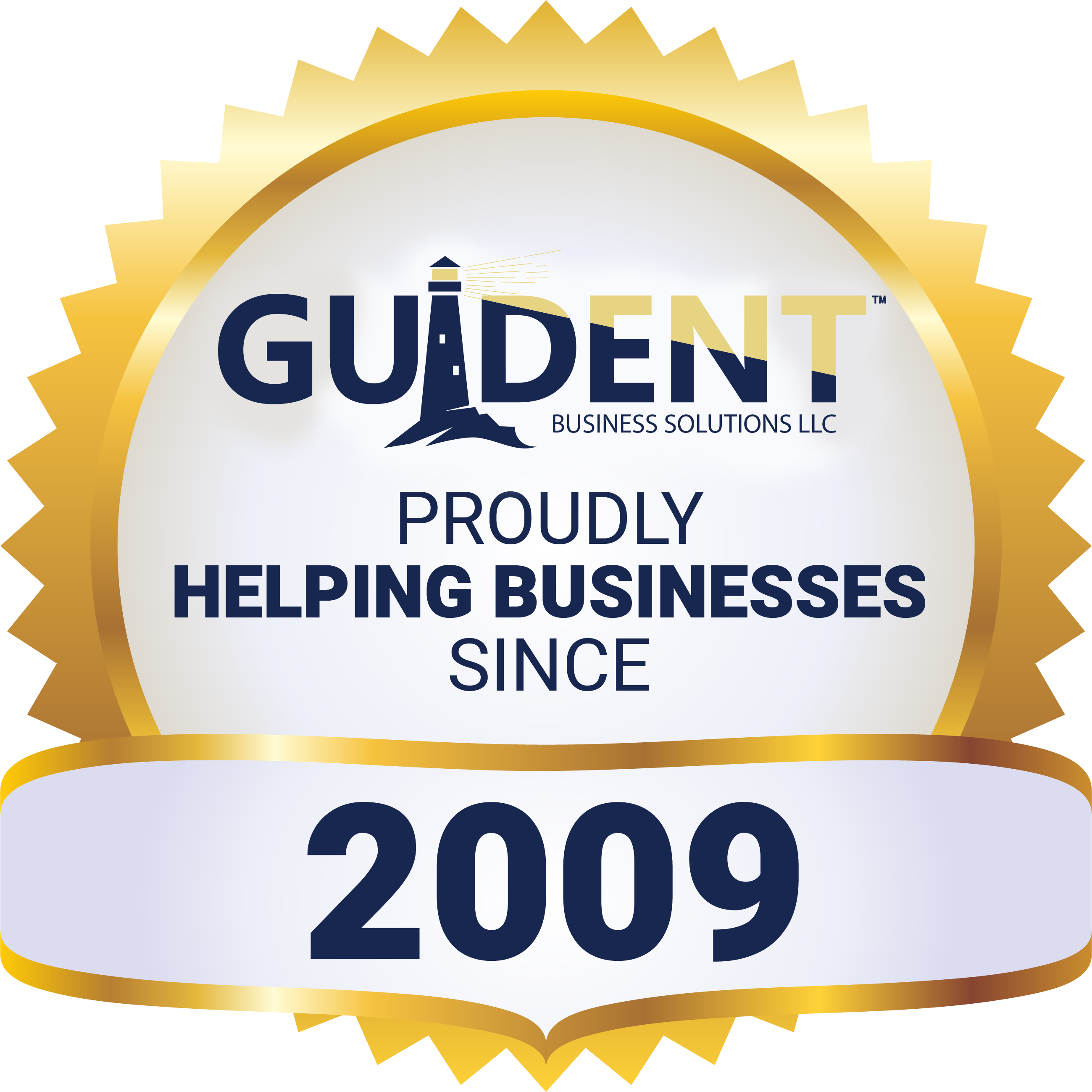Artists, Musicians, and Financials, Oh My! Doesn’t Have to Be Scary.
I was invited to present at a self-employment in the arts conference where my audience was artists, musicians, and other self-employed artist types in a variety of fields. My topic was “Financials and the Arts”. I have experience presenting on financial literacy to executive directors of non-profits, so I had a sense of the relationship between understanding the mission of an organization and understanding the financials of an organization. These artists had a very strong sense of mission, not much of finance. I began by explaining the three financial statements. The profit and loss statement is like your paycheck. If you worked 40 hours a week at $10 an hour your take home pay was not $400, it was less taxes, insurances, and other deductions. This is how the profit and loss statement works. Your revenue minus your expenses and then you get to take home the difference in the form of profits. Your cash flow statement works like your personal debt card. If you have money in your account, you can draw funds from your debt card or pay bills with it. You don’t have to put money into your debt card account every day in order to use […]

